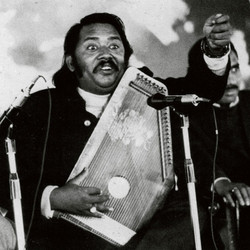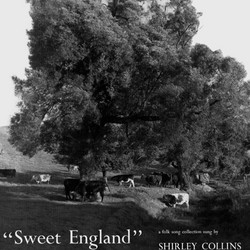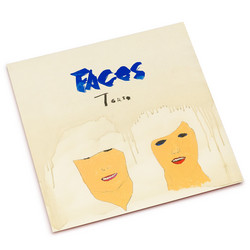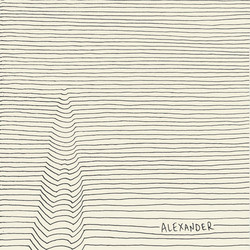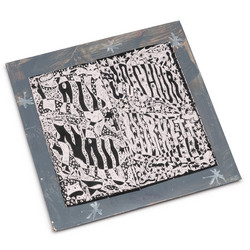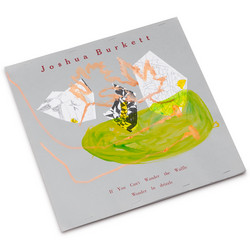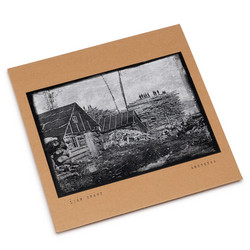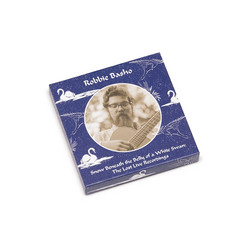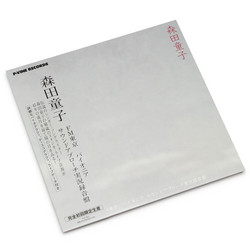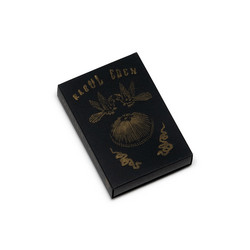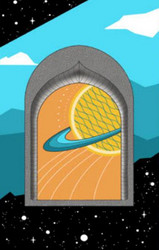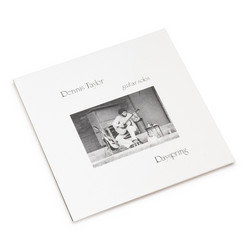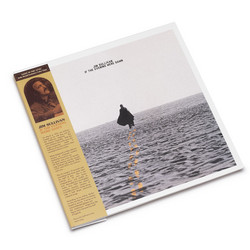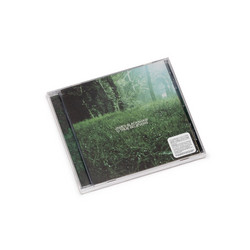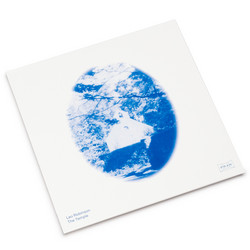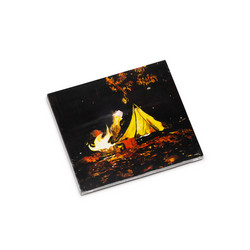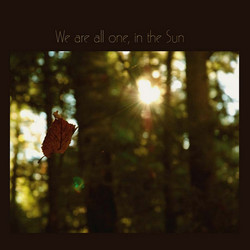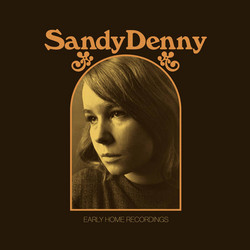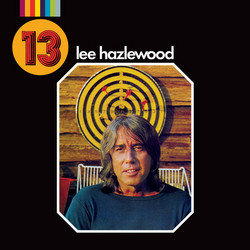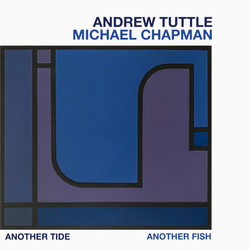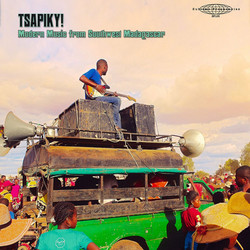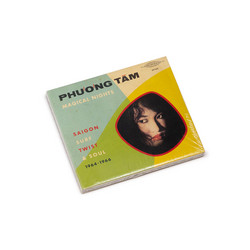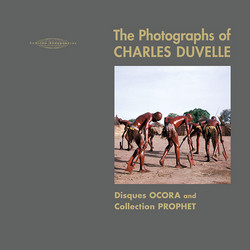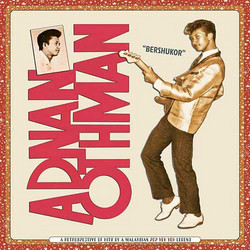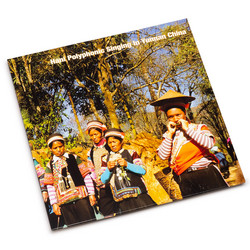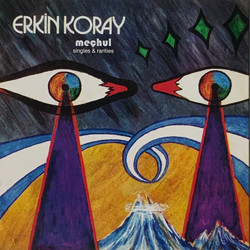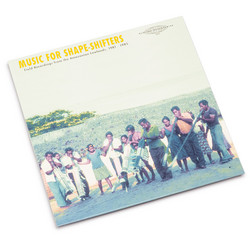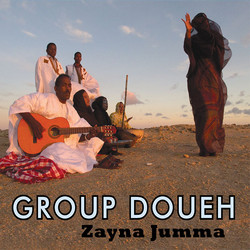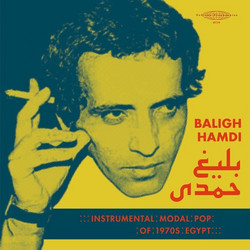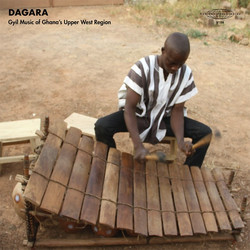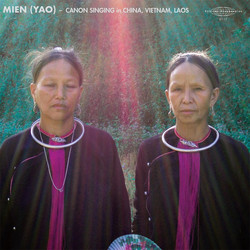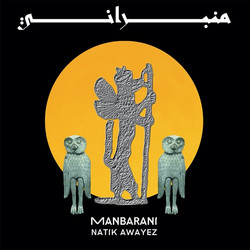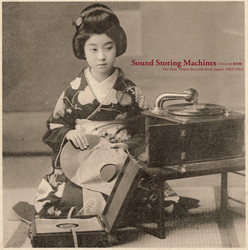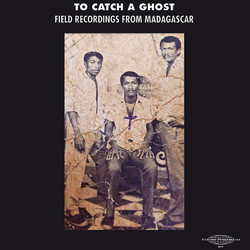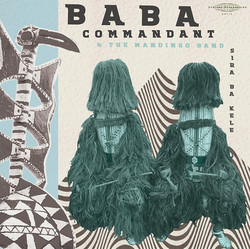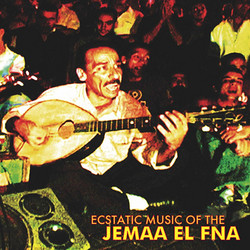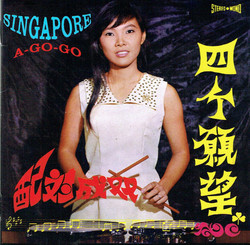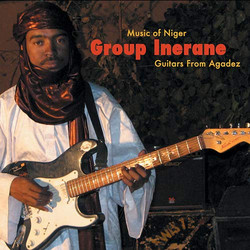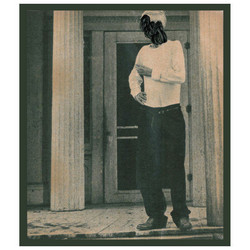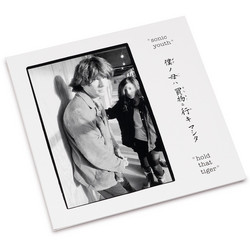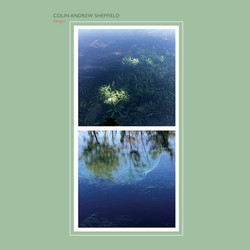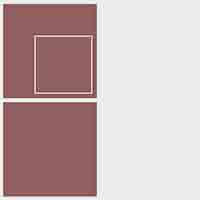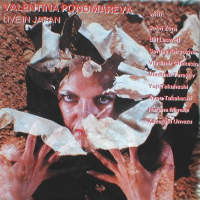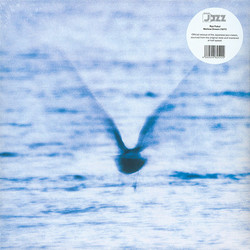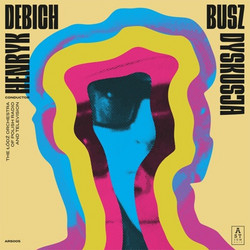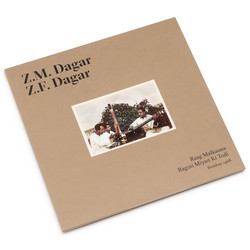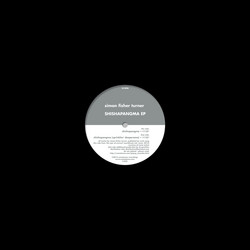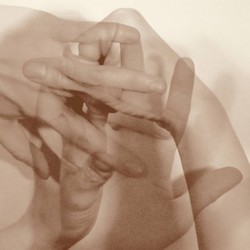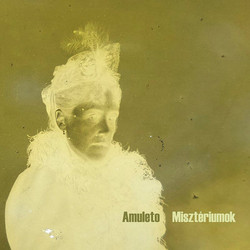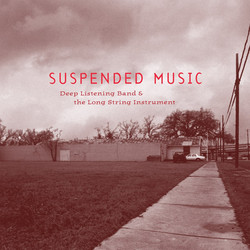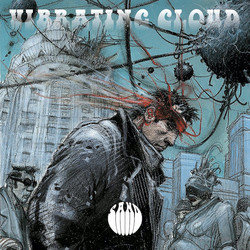Tip! This is the first Vinyl LP ever released featuring a woman playing the Rudra Veena. Madhuvanti Pal is from Kolkata India, teaches the Rudra Veena and builds her own instruments. The name Rudra Veena derives from two Sanskrit roots: Rudra, which is a name for Shiva, and veena, which means "instrument." The first historical accounts of the instrument are given in the Vedas, and then the Puranas. According to Hindu mythology, the Rudra Veena has a unique origin. It is said that Shiva saw his beautiful wife Parvati sleeping, with her arm over her breasts, and decided to build an instrument in her form. It is a stick zither, with two large gourds attached to a hollowed neck. Dhrupad is the oldest form of North Indian classical music that is still performed today. During the Mughal period, the Rudra Veena was a popular Dhrupad instrument, and was often played in courts throughout north India.
Dhrupad musicians, including Rudra Veena artists, enjoyed the patronage of various Kings and Princes. In recent years the Rudra Veena has gained some popularity, in part thanks to interest from musicians outside of India. Madhuvanti Pal is one of the new generation of Rudra Veena artists who is teaching students in India and abroad. Early documentation suggests that women played the instrument. This can be seen in sculptures in Hindu temples -- some dating back more than 2000 years -- which depict only women playing the Rudra Veena, and miniature paintings from the 15th - 17th centuries often depict a woman playing the Rudra Veena. However, in more recent times there has been significant stigma around women playing the instrument. Some earlier texts went as far as to suggest that women could not play the instrument, lest they be subject to a "curse."
Jyoti Hegde, who is perhaps the most famous female Rudra Veena artist, broke this barrier; her courage enabled younger musicians like Madhuvanti Pal to learn. However, while Jyoti Hegde plays the so-called traditional Rudra Veena, Madhuvanti plays a modified Dagar-style instrument. Very few recordings of the Rudra Veena have been released; most current recordings are of Ustad Asad Ali Khan, Ustad Zia Mohiuddin Dagar and his son, Bahauddin Dagar. This is for a number of reasons, including that the Rudra Veena is notoriously difficult to capture in recorded form. Instead of traveling to a studio and availing technicians more accustomed to modern instrument needs, these recordings have been made in Madhuvanti's apartment. In preparing the album, she has used her own equipment to record and mix each raga.
Limited Edition Double LP spanning over 90 minutes in length, full-color Gatefold with extensive liner notes inside.
